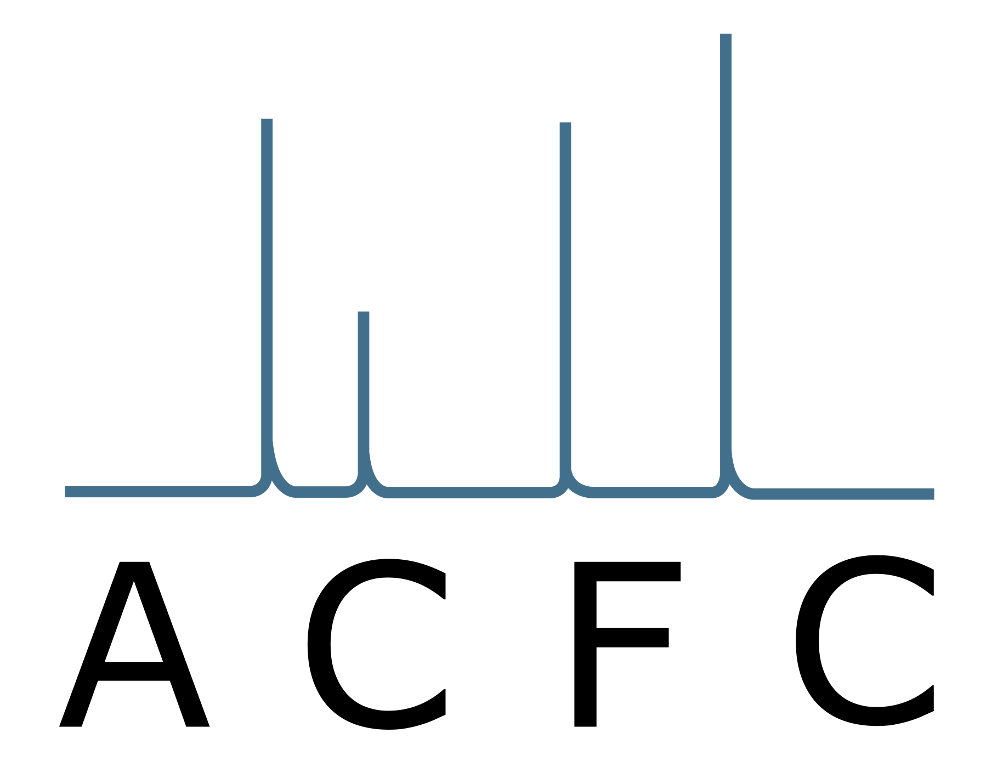Poly- and perfluorinated alkyl substances (PFASs) have been intensively investigated in recent years because of their occurrence and importance in food packaging materials. PFASs are thermodynamically stable and highly resistant towards many forms of degradation. Their stability and water/lipid repellent properties makes them attractive for various applications, including in food contact materials (FCMs) of paper and board. However, these substances are also very persistent, bioaccumulative and toxic, and recently some PFASs have begun being regulated or phased out.
PFASs encompass many structurally and chemically diverse substances which makes the task of determining and analysing them in the samples very challenging. On the global market there are around 5000 PFASs, most of which are unknown and generally called “PFAS precursors”. At present no commercial laboratory offers analysis of the polyfluorinated precursors used in paper and board.
Our work is focused on developing a sensitive analytical method for determination and quantification of PFAS in paper and board used as food contact materials. Different types of chromatographic techniques have been employed for PFAS analysis. Currently, high-performance liquid chromatography coupled with mass spectrometry is currently the most popular tool for targeted analysis. When used in MRM mode (multiple reaction monitoring mode) HPLC-MS scans for both precursor and product ion increasing the specificity and enhancing sensitivity, with quantification limits now commonly at sub- to low- ng/L levels.
